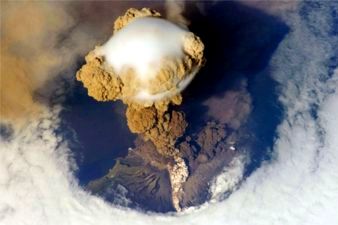While on the face of it, this suggests that one could potentially inject into the southern hemisphere to make the Sahel a more hospitable and agriculturally viable region, Haywood et al (2013) stress that other areas of the Earth have to be considered. While there is a large increase in rainfall over much of the Sahel and the African continent (Figure 3), there is a sharp decrease in rainfall over the Norde-Est and Amazonian regions of Brazil which could have disastrous consequences for these regions.

The study goes on to show that if injections are balanced into both the northern and southern hemispheres, then major shifts in the monsoon circulation are avoided suggesting that unilateral injection into either hemisphere should not be contemplated. However, the emerging consensus from this and other studies is that so-called ‘solar radiation management’ schemes cannot simply counter-balance the impacts of global warming. There are always residual regional climate impacts leading to regional ‘winners and losers’. This suggests that solar practical radiation management geoengineering would require consensual global governance.
Details of the Study:
Source: Met Office.


















